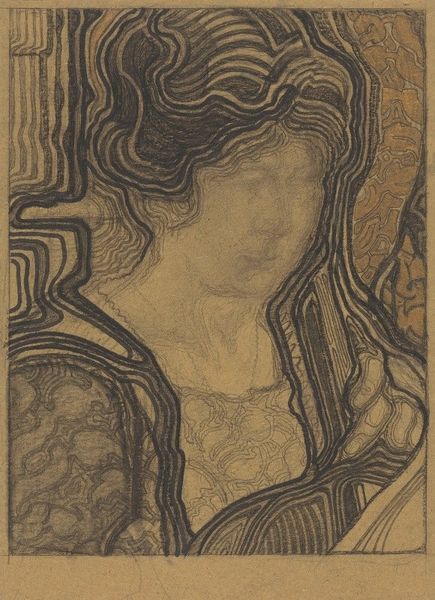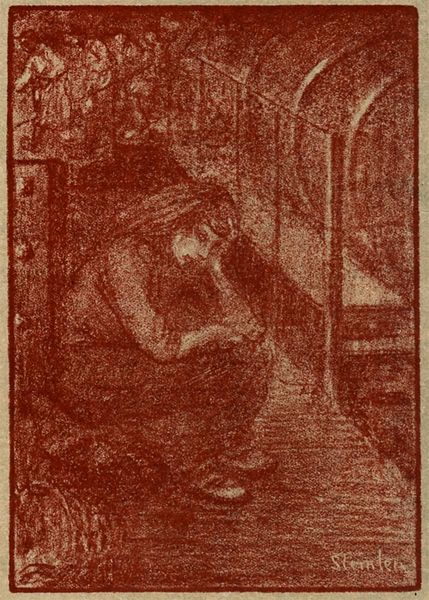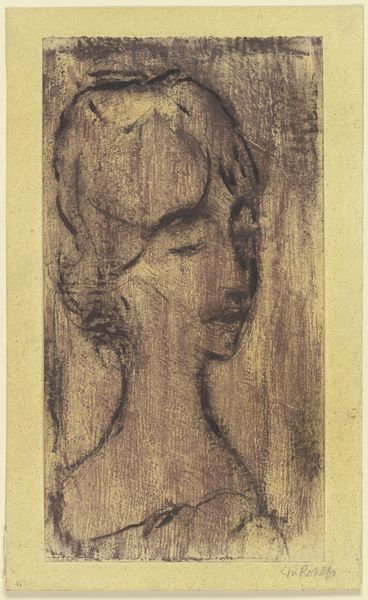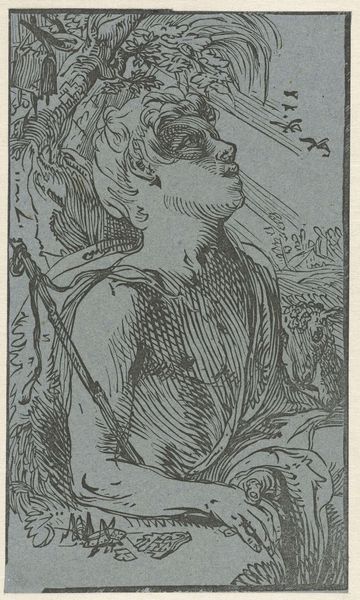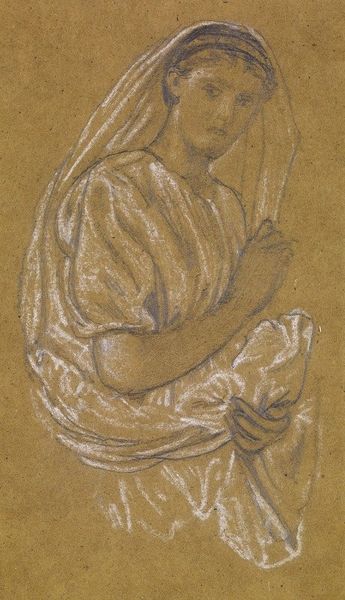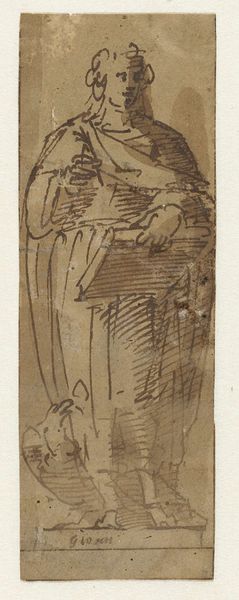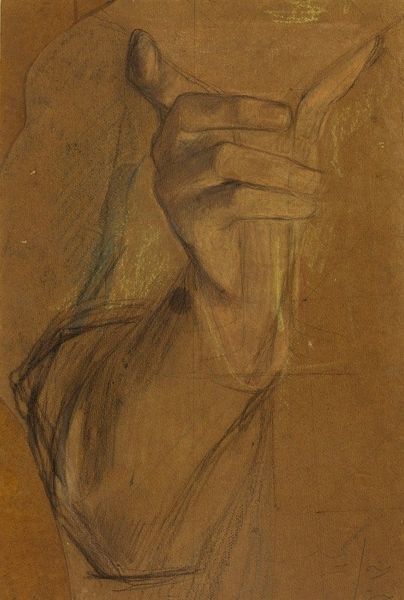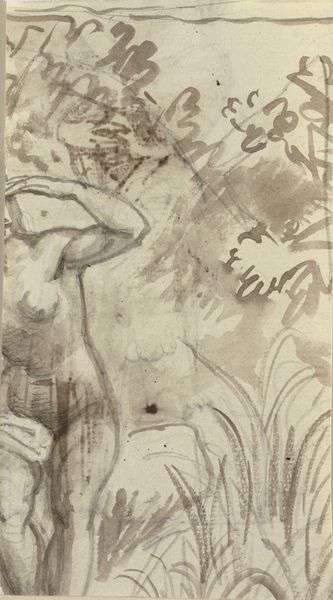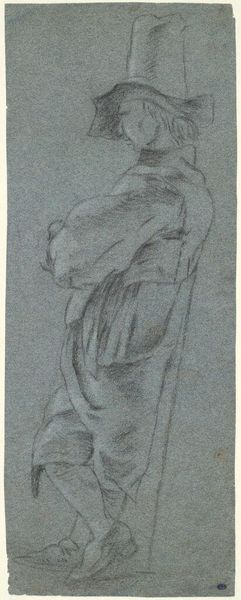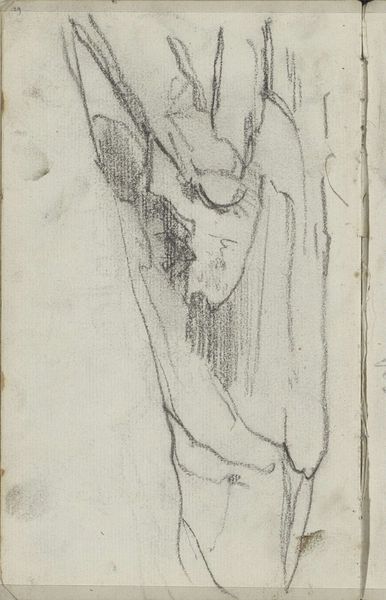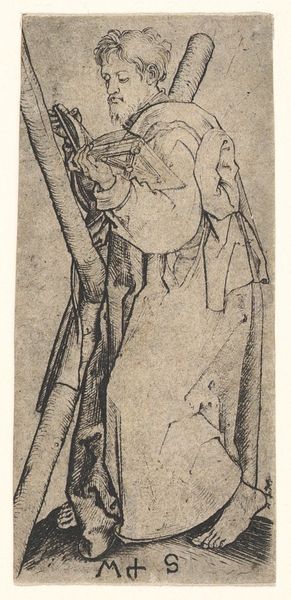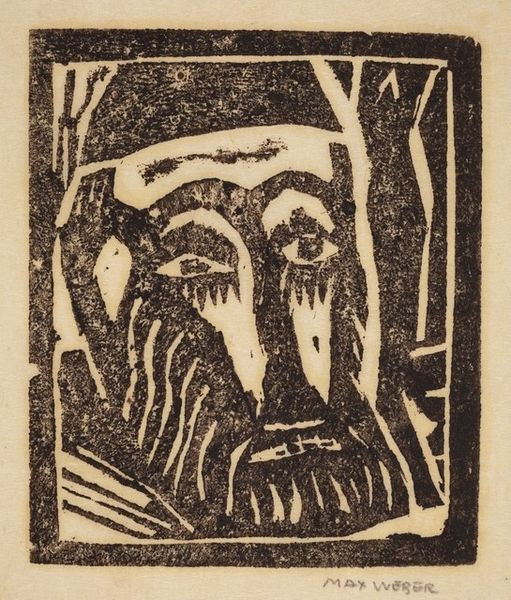
drawing, print, linocut
#
portrait
#
drawing
# print
#
linocut
#
etching
#
german-expressionism
#
figuration
#
linocut print
#
expressionism
Copyright: Public Domain: Artvee
Editor: Here we have Christian Rohlfs' 1910 linocut, "Die gute Tante" or "The Good Aunt." I’m struck by how raw and almost primitive the portrait feels, yet there's also a real tenderness in the subject’s expression. What stands out to you when you look at it? Curator: I see this work very much within the context of German Expressionism. Rohlfs, along with artists like Kirchner and Heckel, were pushing against the academic traditions of the time. What was considered acceptable? Where were the museums, the galleries and the tastemakers of the era in all of this? "Die gute Tante" embodies a certain rebellious spirit. It seems intentionally unpolished, rejecting conventional beauty in favour of raw emotional expression. Editor: It's interesting how the technique itself – the starkness of the linocut – contributes to that feeling. Was that a deliberate choice, do you think, to challenge the status quo? Curator: Absolutely. Think about who traditionally controlled artistic production and the image. Printmaking allowed artists like Rohlfs to bypass established institutions. They could produce and distribute their work more easily, reaching a wider audience and fostering a more democratic art world. Editor: So, the medium became a form of social commentary, democratizing art. That’s really insightful. I always focused on the style. Curator: Precisely! And it goes beyond just aesthetics. What’s shown in the artwork becomes significant in relation to how the artist got it to you. What happens when art is free and available, versus contained? How do the forces change? I think understanding the socio-political climate allows for a much more fulfilling art experience. Editor: I see how it all intertwines now. Thanks! It’s something to consider as I walk through the gallery today. Curator: Yes, considering the interplay of social, political, and artistic forces really unlocks the depths of a piece like "Die gute Tante".
Comments
No comments
Be the first to comment and join the conversation on the ultimate creative platform.
